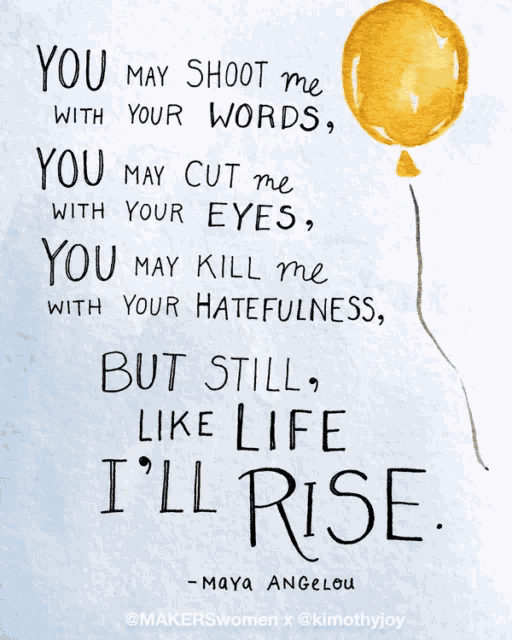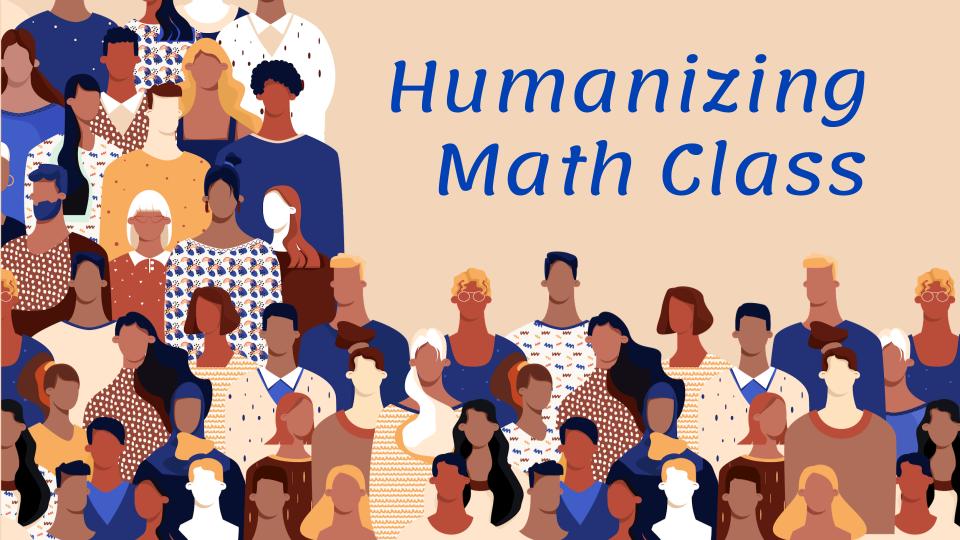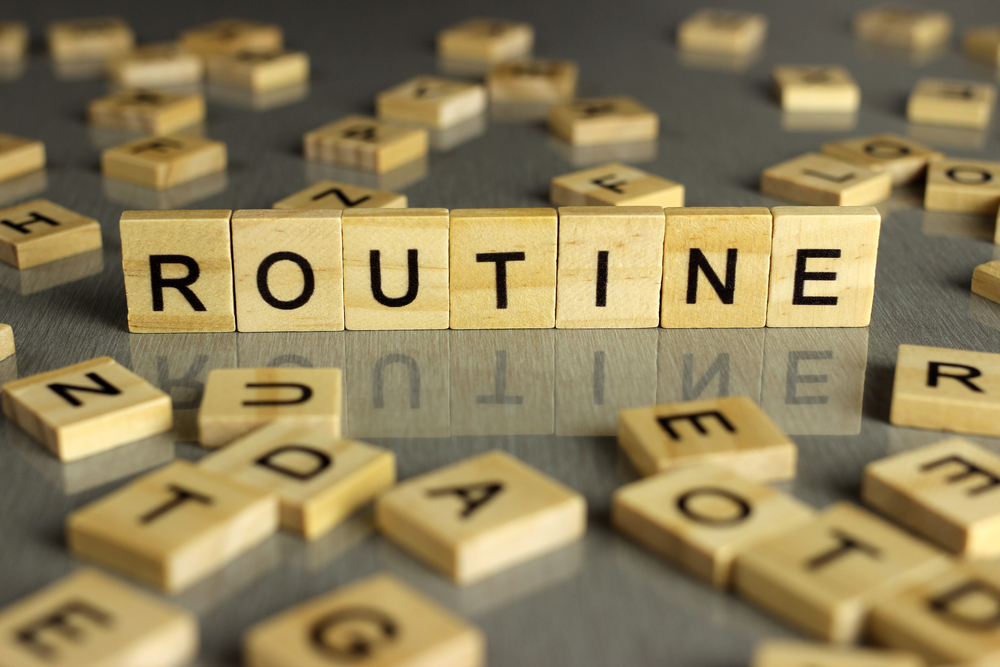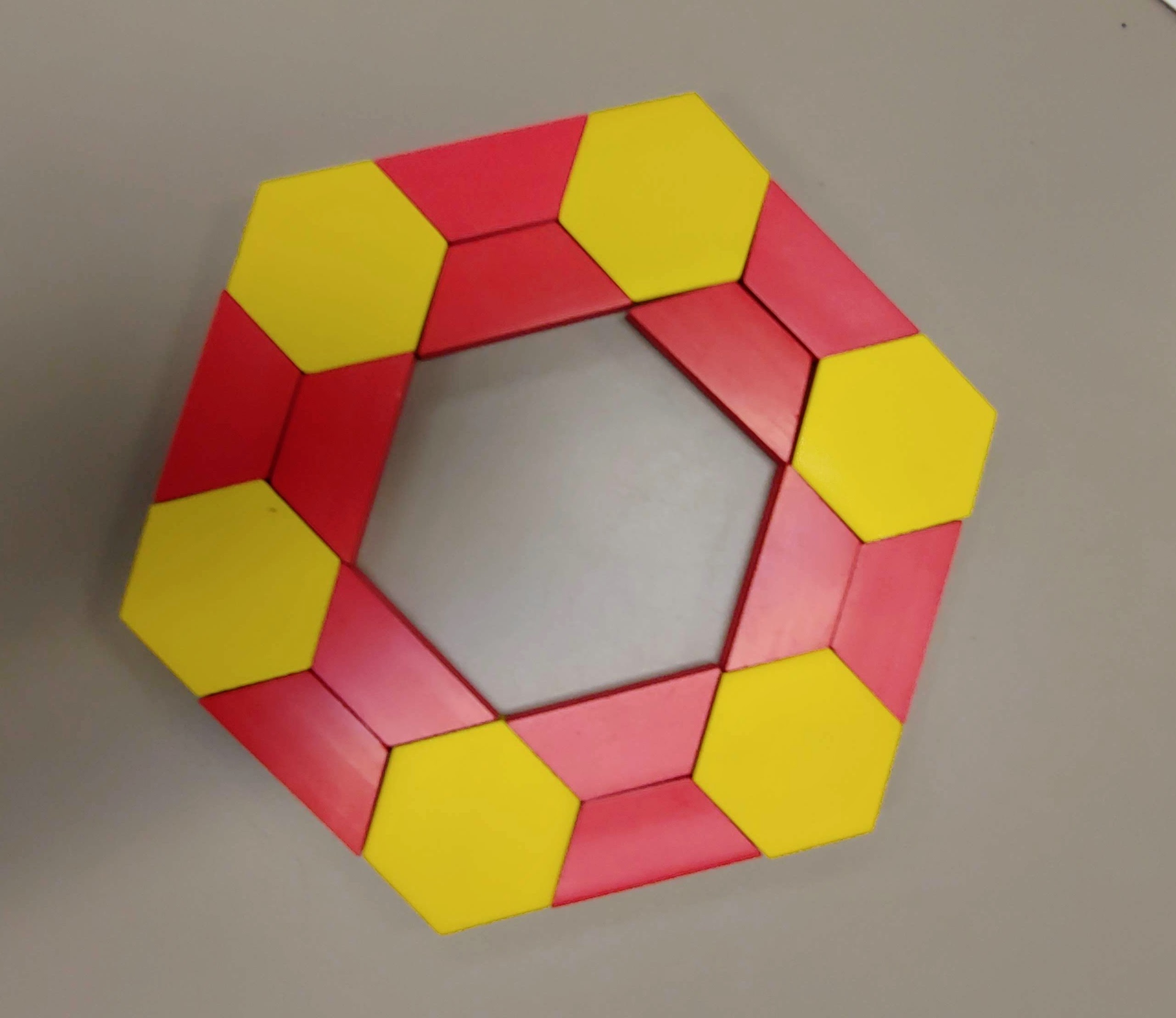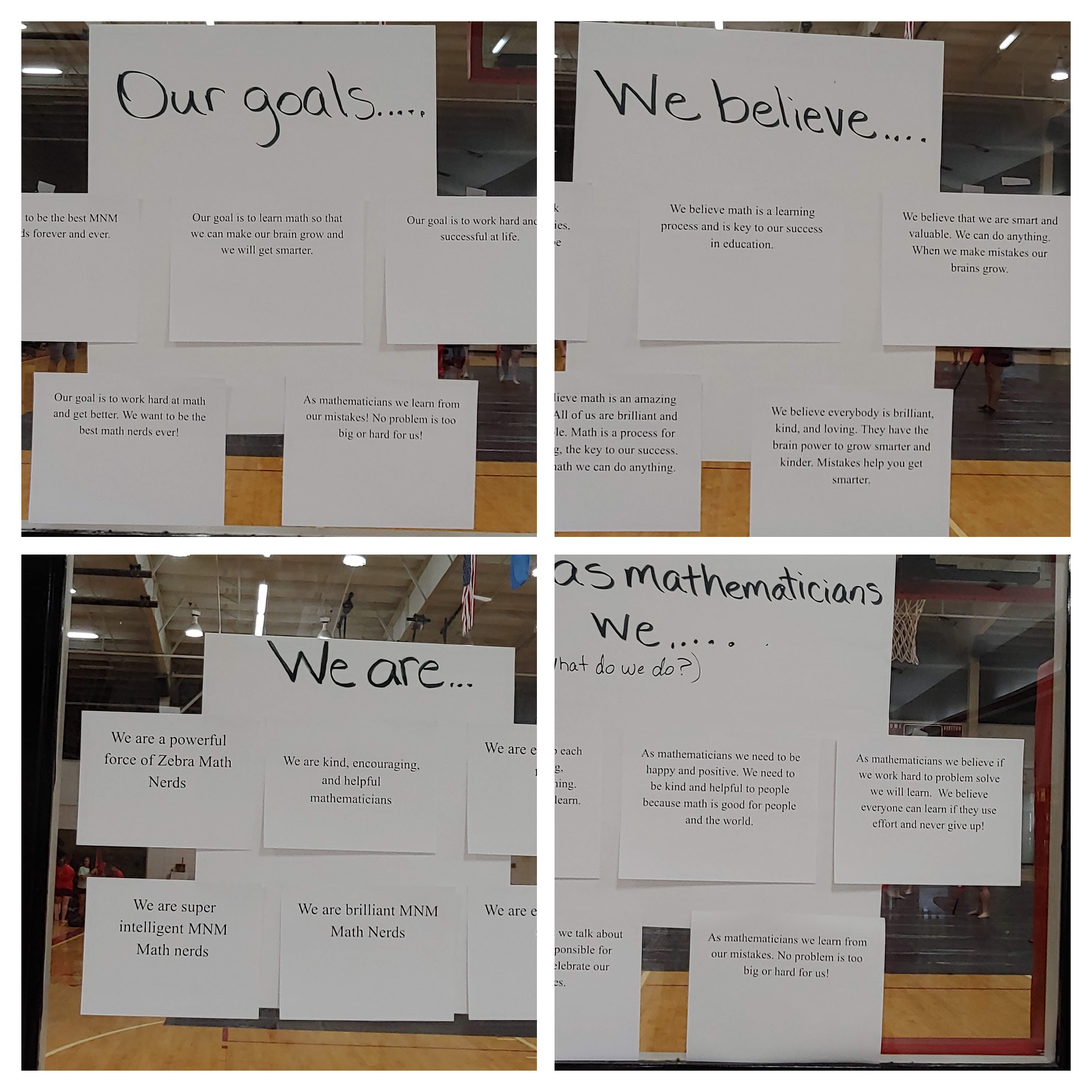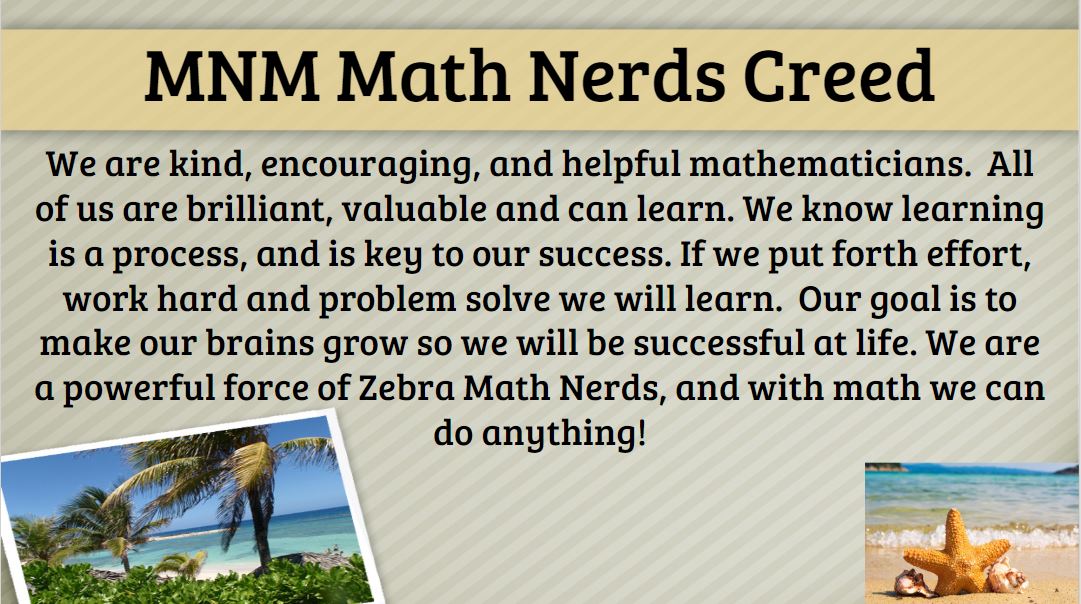As a middle school success coach, I am always looking for resources and techniques to authentically engage my students in our coaching sessions. Therefore, I am always pushing myself to find innovative ways to center students so they can become their own Ingenious Influencers. Sometimes in these efforts, the simplest activities can lead to impactful growth and self-discovery.
Recently, I was scrolling Twixter and happened upon a tweet by Chanea Bond, also known as The Madwoman in the Classroom. Her post resonated with my previously stated passions and goals. In her post, she shared resources that led to an activity that precipitated creativity and deep reflection within my coaching sessions.
When embarking on the activity I intended to use her activity as she had designed it. However, I also wanted to incorporate pieces of my daily routines and embed a mini growth mindset/Ingenious Influencer component. With this in mind I added my own twist by introducing my students to an Ingenious Influencer, Nancy Randolph Davis. Ms. Davis is considered to be a pioneer in education as she broke the glass ceiling for future generations of black, brown, and historically marginalized students by becoming the first African American person to enroll at Oklahoma State University in 1949. By including Nancy’s story in the activity my students were given an inspiring backdrop to explore their passions, strengths, and immutable me qualities.
Following this exploration students viewed the Immutable Me TikTok video by @notwildin to gain an understanding of what immutable means and how it applies to themselves. After viewing the video, students were invited to reflect on what they love about themselves, what qualities they never want to change, and what they are passionate about. The original activity was designed to be a writing experience, but to differentiate the experience, I allowed students to choose how they wanted to respond to these prompts—whether through writing, listing, talking, or drawing. I also did not impose the ten-minute time expectation and just asked students to let me know when they were ready to reflect. I did ask students to look over their work product and identify several words/ideas that stood out to them and then from that feedback I asked them to synthesize that information into: What do you love about yourself? What are you passionate about and what do you never want to change about yourself?
Once students identified these immutable parts of themselves and we talked about those I asked them to dive deeper into their reflections. I asked them to connect their immutable qualities and passions to their academic and personal goals. I challenged them to identify three simple steps they could take to leverage their strengths and passions to work toward their previously identified goals and aspirations. The results were awe-inspiring. Students embraced their authentic selves and created action plans that reflected their unique identities and goals. For instance, one student, passionate about art but struggling with note-taking, devised a plan to integrate art into their note-taking process. I was happy to share resources for Sketch Notes! Another student, who feels they are a great communicator, created a plan to use their interpersonal skills to engage in a conversation with a teacher about improving their grades. And yet another student, who reports that they love to learn, is going to create a pause in classes where they are not interested in the content to look for ways to connect their interests to that particular subject, enhancing their engagement and understanding.
As someone dedicated to coming alongside my students to help them develop their identity and become their own Ingenious Influencer, seeing my students embrace this activity and take ownership of their goals and plans for achieving them fills me with pride and hopefulness for their futures! I am thankful to educators who share their love of teaching and resources because I know we are all better together. I am especially thankful to Chanea Bond, The Madwoman in the Classroom, and @notwildin for their inspiring suggestion, which have enriched my coaching sessions and empowered my students to embrace their authentic selves and pursue their dreams with confidence and determination.
In the ever-changing world of education, it is paramount to adopt and adapt differentiation, empathy, and innovation so that we humanize our students’ experiences and value every person in our community. By doing so we can center self-discovery, authentic learning, and autonomy, ensuring that we are coming alongside the next generation of world leaders who will touch the future with their authenticity, resilience, and passion.
My slightly edited version of the activity.

